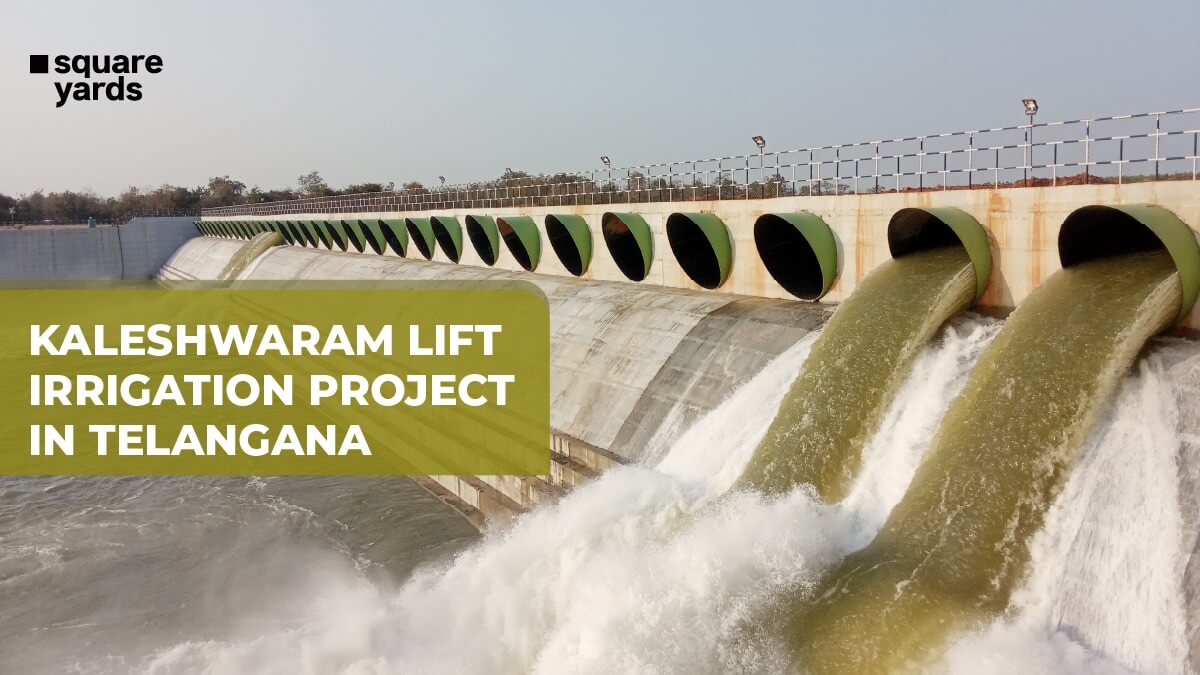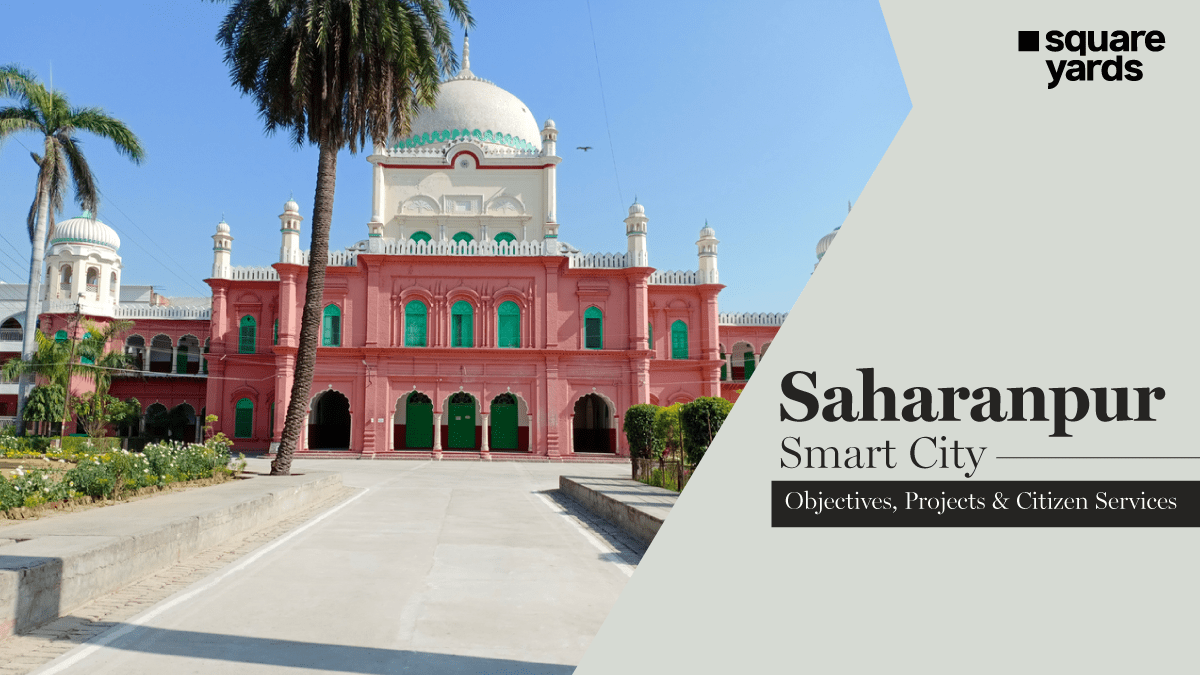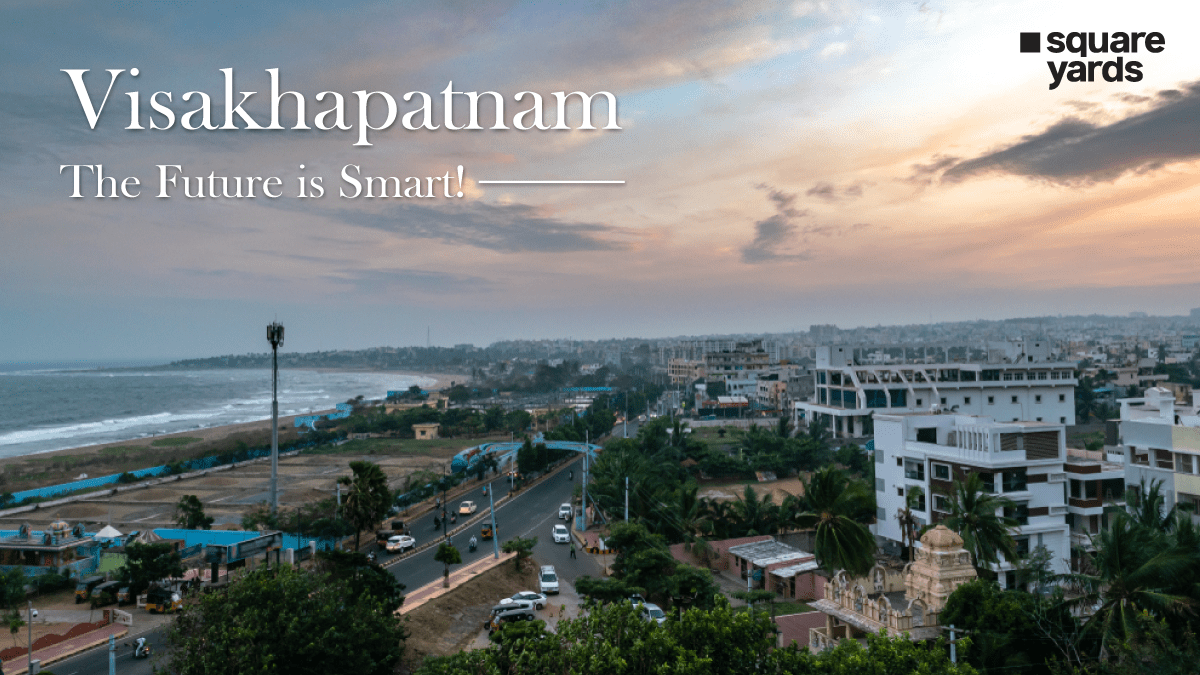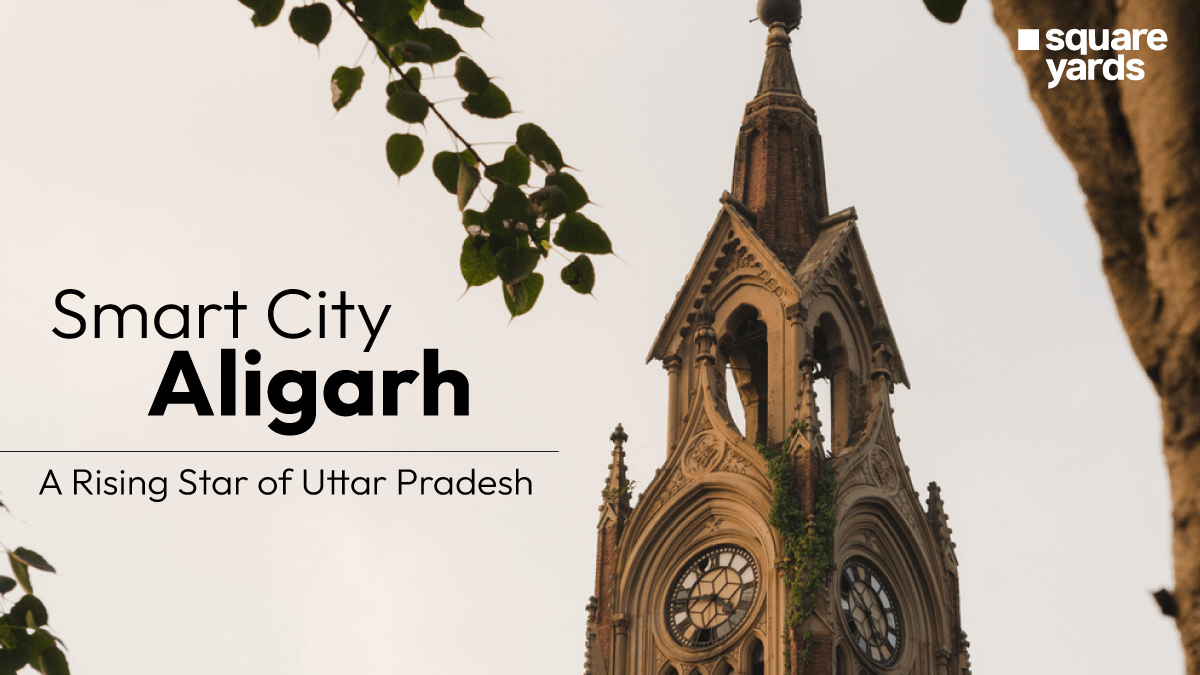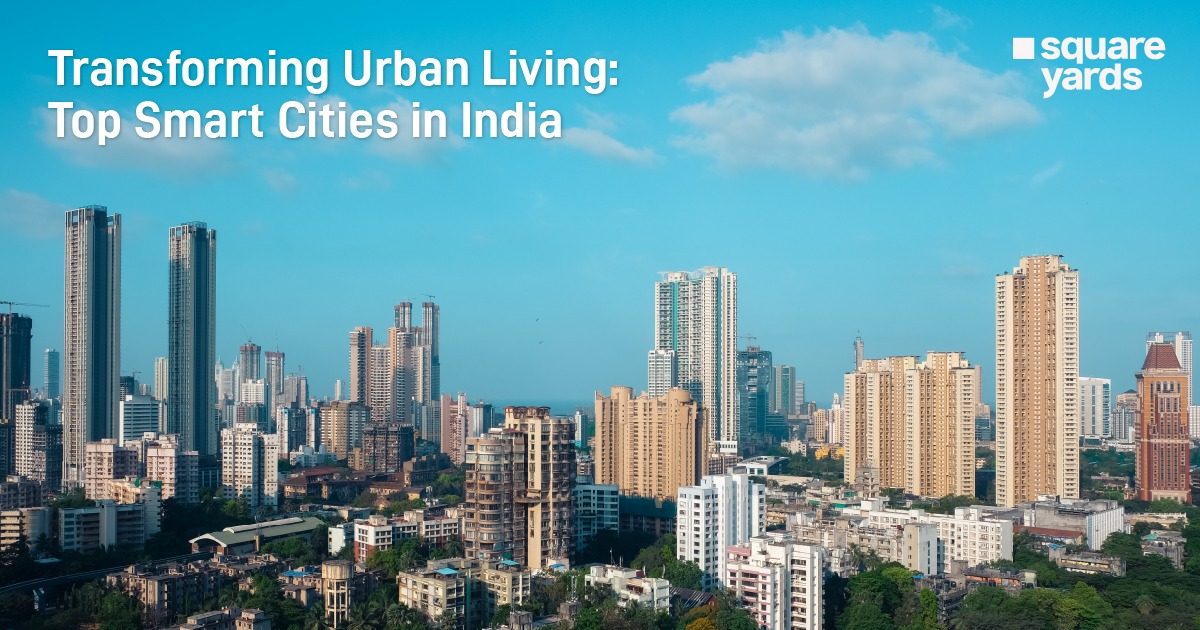In Kaleshwaram, Telangana, India, the Kaleshwaram Lift Irrigation Project (KLIP) is a multipurpose irrigation project on the Godavari River. The Pranhita-Godavari river confluence is the location of the largest multi-stage lift irrigation project in the world right now. The Wardha, Painganga, and Wainganga rivers, which together make up the seventh-largest drainage basin on the subcontinent, come together at the confluence of the Pranahita River.
It discharges an estimated 6,427,900 acre feet (7,930 cubic metres) each year, or 280 TMC (one thousand million cubic feet). Since its main route passes through thick forests and other ecologically delicate areas like wildlife sanctuaries, it remained untapped until now. This is Telangana Chief Minister K Chandrashekar Rao’s dream project, implemented by Megha Engineering & Infrastructures Limited.
Table of contents
- The Aim of Kaleshwaram Lift Irrigation Project,
- History of Kaleshwaram Dam
- Structure and Features – Kaleshwaram Lift Irrigation Project
- Pump Stations for Kaleshwaram Lift Irrigation System
- Benefits of the Kaleshwaram Dam Project
- Cost and Location of the Kaleshwaram Lift Irrigation Project
- Conclusion
- Frequently Asked Questions (FAQs)
The Aim of Kaleshwaram Lift Irrigation Project,
The inauguration of the Kaleshwaram Dam took place on June 21, 2019 by Telangana governor E. S. L Narasimhan and chief ministers K.Chandrashekar Rao from Telangana, Fadnavis from Maharashtra, and Y.S.Jaganmohan Reddy from Andhra Pradesh.
The Kaleshwaram Lift Irrigation Project is organised into seven links and 28 packages that stretch roughly 500 km through 13 districts and use a 1,800 km canal network.
The much-anticipated project was created for a variety of purposes. These are
- A total of 240 TMCs are expected to be discharged by the project, with 195 coming from the Medigadda Barrage, 20 from the Sripada Yellampalli project, and 25 from groundwater.
- A total of 169 TMCs have been allotted for irrigation, 30 TMCs for the municipal water supply in Hyderabad; 16 TMCs for various industrial applications, and 10 TMCs for drinking water in neighbouring villages.
- Additionally, it intends to increase the total sustainable area capable of being irrigated by 1,825,000 acres throughout all 13 districts after considering upstream and downstream factors.
- The project proposes to irrigate 18.26 lakh acres of land in 13 districts and supply Hyderabad and Secunderabad with drinking water and water for industrial uses.
- Godavari river water is pumped and stored in canals and reservoirs to replenish lakes and ponds.
History of Kaleshwaram Dam
It was the former Dr. B.R. Ambedkar Pranahita-Chevella Sujala Sravanthi Project that gave rise to the Kaleshwaram Project. According to the Godavari Water Disputes Tribunal (GWDT), it was initially suggested that Dr. B.R. Ambedkar Pranahita- Chevella Sujala Sravanthi would use the 160 TMC of allocated water from the Godavari basin. In addition to providing drinking water and industrial water, a barrage at Tummidi Hatti was intended to divert 160 TMC of water to irrigate 16.40 lakh acres over seven Telangana State districts – Adilabad, Nizamabad, Karimnagar, Medak, Warangal, Nalgonda, and Rangareddy.
According to the GWDT report from October 6, 1975, Maharashtra and Andhra Pradesh have agreed to start three projects, including the Lendi Project, Lower Penganga, and Pranahita-Chevella, at a suitable period with agreed-upon water usage. In light of this, Dr. B.R. Ambedkar’s Pranahita-Chevella Sujala Project was given a joint nod. The Dr. B.R. Ambedkar Pranahita-Chevella Sujala Sravanthi Project is situated on an interstate between Maharashtra and Andhra Pradesh.
However, the construction of the barrage at Tummidi Hetti accounted for a large chunk of land being submerged, and this prospect caused conflict amongst the state authorities. Therefore, the Maharashtra government requested to reduce the Full Reservoir Level (FRL) to prevent submersion. As per reports, the project is still in progress.
Structure and Features – Kaleshwaram Lift Irrigation Project
The massive, multi-staged Kaleshwaram lift irrigation project is exceptional as it seeks to change the course of the Godavari River and move water from low-lying areas to higher places by placing enormous pumping machines at various heights, that is, 600 metres above sea level.
The project’s discharge is controlled by four significant pumping stations. The largest in Ramadugu – the others being Medaram, Annaram, and Sundilla, where the latter is probably the biggest in Asia.
With 104 pumps and a total pumping capacity of 5,159 MW, Megha Engineering and Infrastructures Limited (MEIL) established 15 enormous pumping stations for the project, with a combined pumping output of 4,439 MW. Such massive pumping capacity has never been recorded at any similar site in the world. Furthermore, seven units were commissioned as part of Package-8 at the Gayatri underground pumping station to pump up two TMCs of water per day. Each unit has a 139 MW capacity, which is regarded as the largest in the world. The pumping capacity of this machine is 973 MW.
Pump Stations for Kaleshwaram Lift Irrigation System
There are several pump stations set up in different areas for the Kaleshwaram Lift Irrigation Project. These include –
- Medigadda Lakshmi Pump house
- Annaram Saraswati
- Sundilla Parvati
- Gayatri Underground Pumping Centre
- Annapurna
- Ranganayakasagar
- Akkaram Pump station
- Markuklo Pump house
What are the seven links to the Kaleshwaram project?
The Kaleshwaram Project has been divided into seven links and 28 packages. The seven links are –
| Link 1 | Medigadda Barrage to Sripada Yellampalli Project (30,000 acres) |
| Link 2 | Sripada Yellampalli Project to Mid Manair Dam |
| Link 3 | Mid Manair Dam to Manair Reservoir (86,150 acres) |
| Link 4 | Upper Manair Dam to Konda Pochamma Reservoir (5,95,754 acres) |
| Link 5 | Anicut to Chityala (243,500 acres) |
| Link 6 | Sri Komaravelli Mallanna Sagar to Singur Dam (2,80,296 acres) |
| Link 7 | SRSP Foreshore to Nizam Sagar Canals, Dilawarpur and Hangarga village for Nirmal and Mudhole Constituency (5,90,000 acres) |
Benefits of the Kaleshwaram Dam Project
With the world’s longest water tunnels, aqueducts, subterranean surge pools, and largest pumps, the Kaleshwaram project has broken numerous records.
As part of this project, a reverse pumping machine will be installed in the Godavari River to aid with field agriculture. Additionally, it will assist in supplying drinking water to Hyderabad and Secunderabad via a network of pipelines and numerous water plants and installations.
Apart from the benefits such as drinking water, transport, irrigation, and power, the project also helps in aspects such as the fishing industry, improving the tourism industry and developing water sports.
Cost and Location of the Kaleshwaram Lift Irrigation Project
The Kaleshwaram Lift Irrigation Project’s construction began in 2016 and was completed on 21st July 2019. The whole project cost was an estimated Rs. 1.2 Lakh crores spent by the Telangana Government. The Kaleshwaram Dam is situated on the Godavari River in Kaleshwaram, Bhupalpally, Telangana, India.
Conclusion
Courtesy of the Kaleshwaram Lift Irrigation Project, Telangana is all set to become a leader in agriculture. Thanks to the initiative, farmers in Telangana will be able to harvest numerous crops with a year-round water supply. Earlier, farmers used to heavily rely on rains, which often led to crop failures.
The state’s economy is also very likely to boost as the mega project will also aid the tourism and fishing industry. Furthermore, the project will also significantly cater to the electricity needs of the whole Telangana state. The Kaleshwaram project might have its pros and cons, but the project as a whole will make significant contributions to Telangana’s as well as national economy.
Frequently Asked Questions (FAQs)
Who built the Kaleshwaram Lift Irrigation Project?
15 out of the Kaleshwaram Irrigation Project’s 22 pump houses are built by Megha Engineering and Infrastructures Limited (MEIL), based in Hyderabad, Telangana. The company undertook a major part of the irrigation dam project. Telangana Government has equally been part of this project as well.
Where is the world's largest lift irrigation project?
Telangana is home to the world’s largest lift irrigation project – The Kaleshwaram Lift Irrigation System.
Is the Kaleshwaram Lift Irrigation Project completed?
The Kaleshwaram Lift Irrigation System Project is complete and operational in Telangana.
Why is Kaleshwaram called a multipurpose project?
This multipurpose Kaleshwaram Irrigation Dam aims to provide water for irrigation, drinking purposes, transport, and power to 20 out of 31 districts in Telangana, which is about 45 lakh acres of land.
How many rivers are there in Kaleshwaram?
Kaleshwaram is located at the convergence of the Godavari and Pranahita river tributaries.
Who is the contractor of Kaleshwaram?
The contractor of the Kaleshwaram Project Dam is Megha Engineering and Infrastructure Limited (MEIL).
What are the disadvantages of the Kaleshwaram project?
The Kaleshwaram irrigation project will displace over 30,000 people in 19 villages in Telangana. In addition, the dam will heavily affect one lakh acres (40,015 hectares) of land. With the totality of all other costs combined, the irrigation project will also fall as a burden on the people of the state and farmers for many generations to come.


